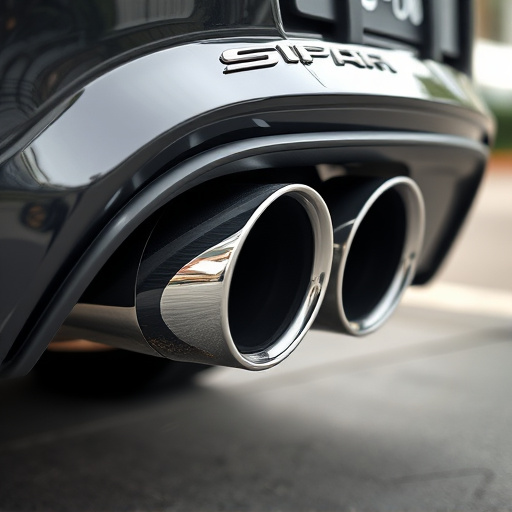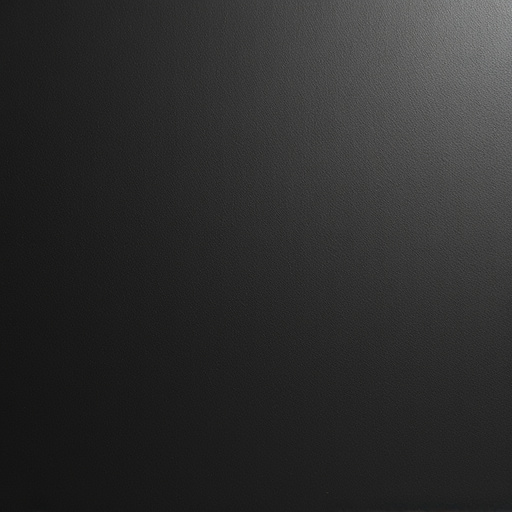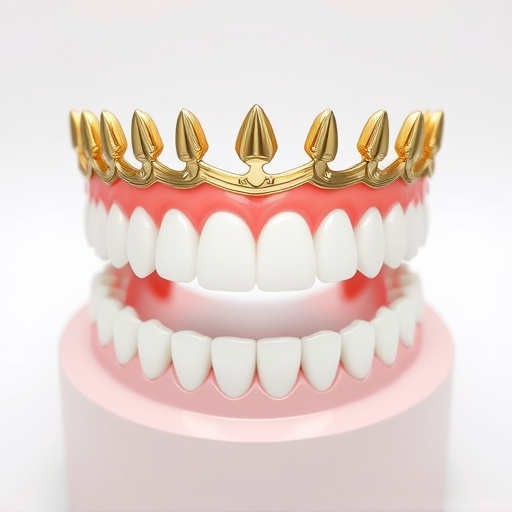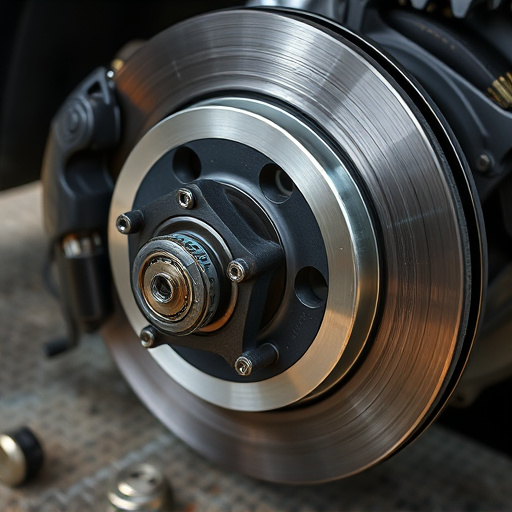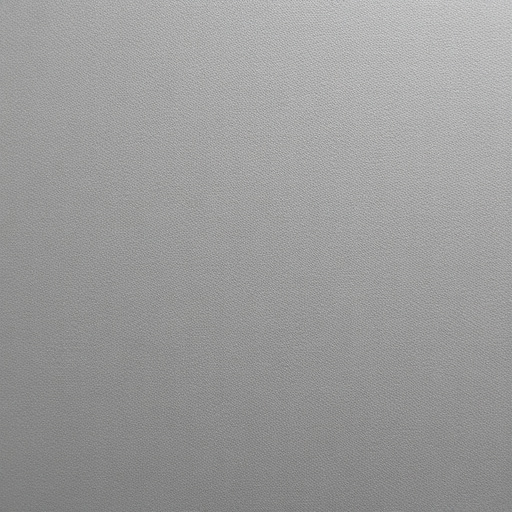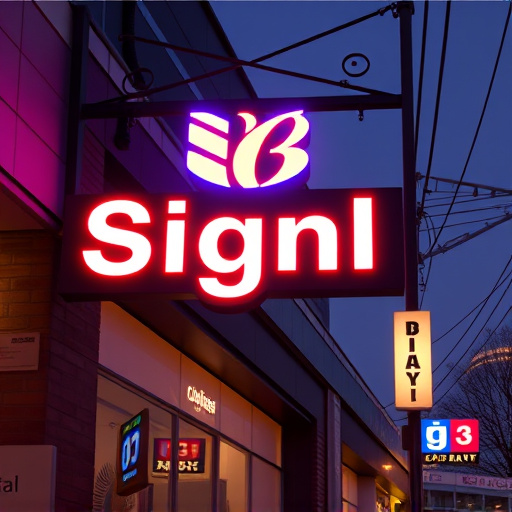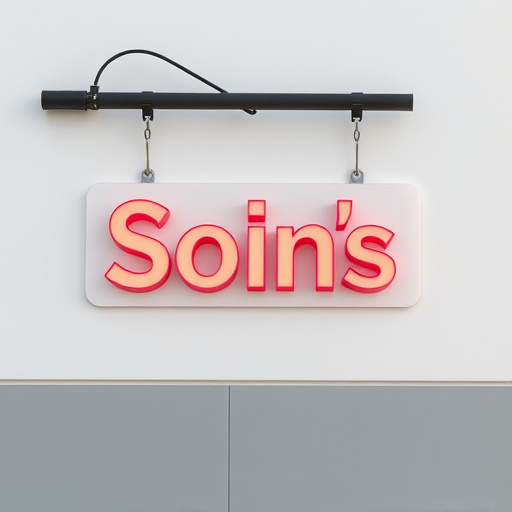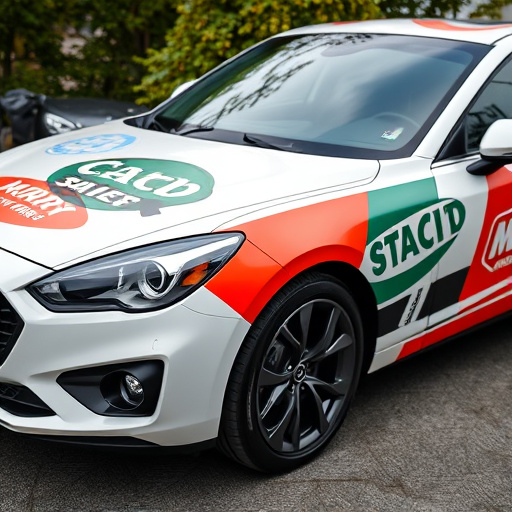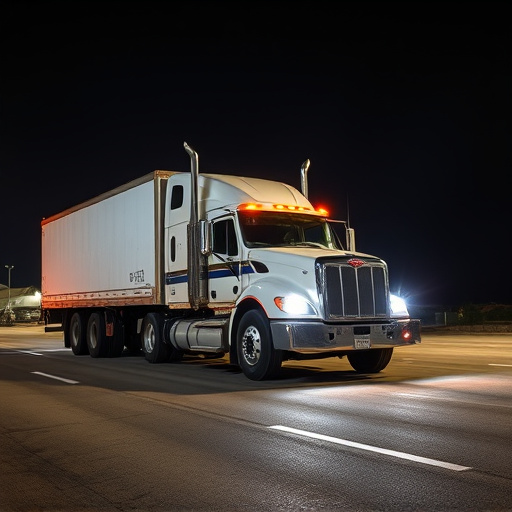Ceramic coating application is a cutting-edge automotive detailing process that uses ceramic nanoparticles to create a thin, transparent layer protecting vehicles from water, dirt, UV rays, and environmental damage. It enhances aesthetics without altering the original color and offers chip, scratch, and fading resistance. Popular among car owners seeking advanced protection and durability, it requires skilled professionals for optimal results. Assess your vehicle's condition, exposure to elements, and budget before applying, as pricing varies based on coating type, vehicle size, and services offered.
Is ceramic coating the right choice for your vehicle? This comprehensive guide explores whether ceramic coating application is suitable for every car. We’ll dive into the basics of this protective layer, its advantages and potential drawbacks, and crucial factors to consider before getting it applied. Understanding ceramic coating can help you make an informed decision that enhances your car’s appearance and durability.
- Understanding Ceramic Coating Application: The Basics
- Benefits and Drawbacks of Ceramic Coating on Cars
- Factors to Consider Before Getting a Ceramic Coating Job Done
Understanding Ceramic Coating Application: The Basics

Ceramic coating application has become a popular choice among car owners looking to protect their vehicles from various environmental factors. But what exactly is it? Ceramic coating is a thin, transparent layer made up of ceramic nanoparticles that bonds with the paintwork of a vehicle. This innovative process involves applying a specialized compound using advanced technology, such as electrostatic guns or air-driven applicators. The result is a smooth, glossy finish that offers superior protection compared to traditional waxes and polishes.
Understanding the basics of ceramic coating application reveals its effectiveness in repelling water, dirt, and UV rays, thereby enhancing the car’s appearance and prolonging the life of its paint job. Unlike some other automotive detailing methods, ceramic coatings don’t mask the vehicle’s original color but instead enhance it while providing added protection against chips, scratches, and fading. This makes ceramic coating application a smart choice for those seeking both aesthetics and durability, especially when paired with complementary solutions like paint protection film or ceramic window tinting.
Benefits and Drawbacks of Ceramic Coating on Cars
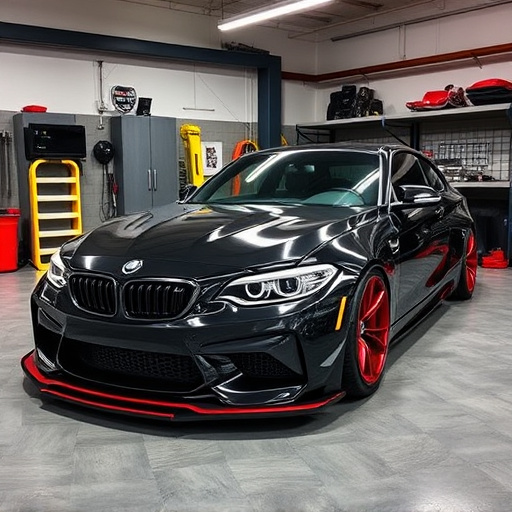
Ceramic coating application has become a popular choice for car owners looking to protect their vehicles and enhance their appearance. One of the key benefits is its superior vehicle protection. The ceramic layer creates a protective barrier that shields the paintwork from harmful UV rays, bird droppings, tree sap, and other environmental contaminants, ensuring a longer lifespan for the car’s finish. Additionally, it provides a high-gloss finish that adds depth and richness to the vehicle’s color, making it stand out in crowded parking lots.
However, despite these advantages, ceramic coating is not without its drawbacks. The application process requires skilled professionals due to its delicate nature; improper installation can result in bubbles, scratches, or an uneven finish. Furthermore, while it offers excellent paint correction and protection against minor swirls and scrapes, it may not be the best solution for cars with extensive paint damage or deep scratches. Another consideration is cost; ceramic coatings are typically more expensive than traditional waxes and sealants, factoring in the custom graphics or intricate designs that some owners wish to incorporate.
Factors to Consider Before Getting a Ceramic Coating Job Done
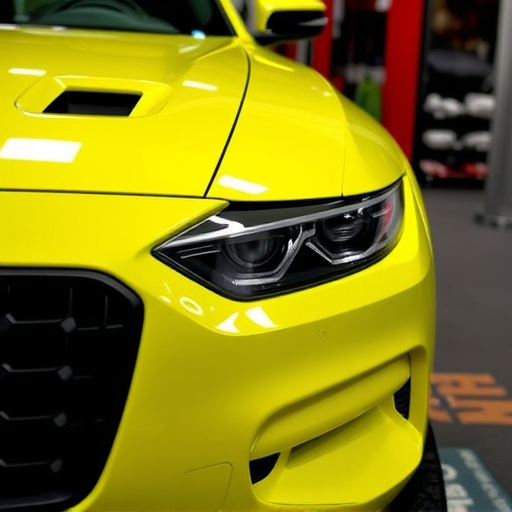
Before deciding if ceramic coating application is right for your car, there are several key factors to consider. One of the primary aspects is understanding your vehicle’s current condition and needs. Ceramic coatings offer superior protection against scratches, UV rays, and various environmental contaminants, making them ideal for cars frequently exposed to harsh weather conditions or frequent washing. However, they’re not always necessary for daily drivers with minimal exposure to these elements.
Additionally, cost plays a significant role. Ceramic coating services can range widely in price depending on the type of coating used, the size and condition of your vehicle, and the premium automotive services offered by the provider. Custom vehicle wraps, while not always synonymous with ceramic coating, can be another expense to consider as a vehicle enhancement option. Evaluate your budget and prioritize based on your car’s needs and your personal preferences for vehicle protection and aesthetics.
Ceramic coating application can significantly enhance your car’s protection and aesthetics, but it may not be suitable for every vehicle or owner. Considering factors like climate, driving habits, and budget is crucial before applying this treatment. While ceramic coatings offer superior scratch resistance and easy maintenance, they might not be necessary for all cars. After evaluating these aspects, you can determine if ceramic coating application is the right choice to safeguard and beautify your vehicle for years to come.

